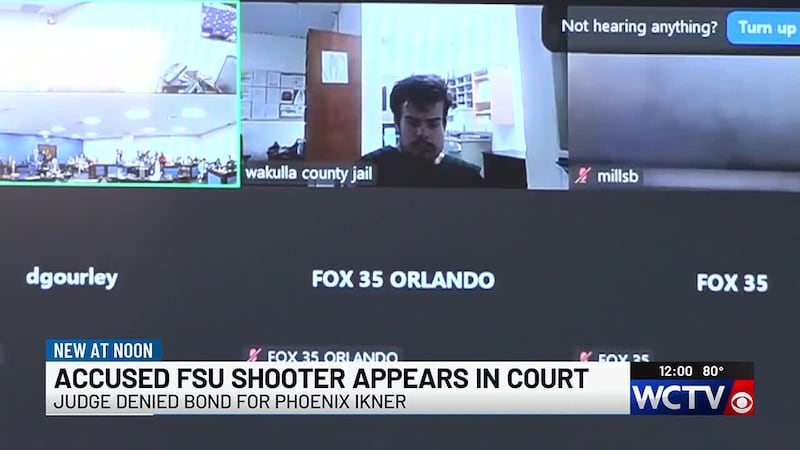University of Florida researches wind-resilient construction methods using hurricane data
GAINESVILLE, Fla. (WCJB) - In this week’s Tech Tuesday, our partners at UF Innovate and SCAD Media introduce Dr. Kurtis Gurley, associate director of the Engineering School of Sustainable Infrastructure and Environment (ESSIE) at the University of Florida. His research focuses on developing cost-effective, wind-resilient construction methods using wind tunnel experiments and real hurricane data.
“How do we build hurricane resilience in our communities? We’re here with UF’s Civil and Coastal Engineering Department to learn more. Kurt, tell us more about who you are and what you do,” said Bethany Gaffey, host of UF Innovate.
“Hi, yeah. My name is Kurt. I’m a faculty member in Civil and Coastal Engineering. I’m within the Structures Group in Civil, and my major interest research-wise is building more wind-resilient construction. That is to say, how do you build a house that can withstand hurricane winds, and not cost a lot more money?” said Dr. Kurtis Gurley, associate director of the ESSIE at the University of Florida.
“Tell me more about how you conduct your research,” said Gaffey.
“So, most of the useful outcomes of the research, the things that can impact people’s lives, come from the research we do in an experimental facility, a boundary layer, wind tunnel. So, before we even start building the wind tunnel, we had other faculty members, colleagues, take measurements during real landfalling hurricanes along the shore to give us the information to bring back to the wind tunnel. Now we have a target. So, if we can manipulate the wind tunnel’s behavior to replicate what we measured in nature, now we’ve got a tool that can start making some real impacts,” said Dr. Gurley.
“What are some of the main impacts of your work?” asked Gaffey.
“At the local level, our research, most of it is directly intended to influence the Florida building code, to make homes more wind resistant without costing a lot more money. So, we want to make homes stronger. We don’t want them to cost twice as much to build because of the solutions. If homes are being built to modern methods that are informed by our research, they actually pay less for homeowners’ insurance for wind hazard. And then thirdly, if communities are built to more wind resistant standards, more of that community will still be existing and functioning and operating economically after the event,” said Dr. Gurley.
“Tell me more about the importance of building community resilience versus a single structure,” said Gaffey.
“There are certainly individuals who build homes much stronger than the required rule book says. Great, their house is standing. There’s no community to live in anymore. So, community resilience is about making the baseline, the playing field of all the things we’re building strong enough to still physically exist and be there and be operational after the storm and the people come back,” said Dr. Gurley.
“For more information, stay tuned for further updates from UF’s Civil and Coastal Engineering Department,” said Gaffey.
RELATED: University of Florida lab studies energy storage systems and potential improvements
Click here to subscribe to our newsletter.
Copyright 2025 WCJB. All rights reserved.















